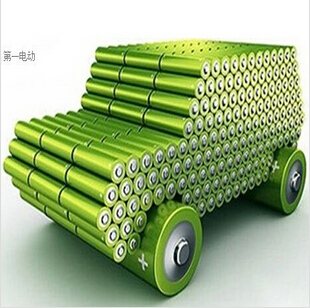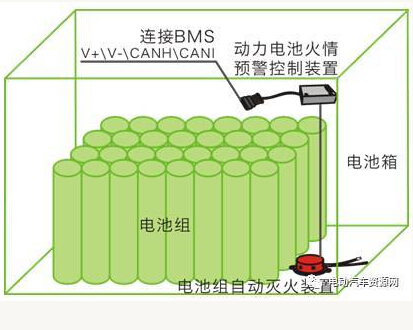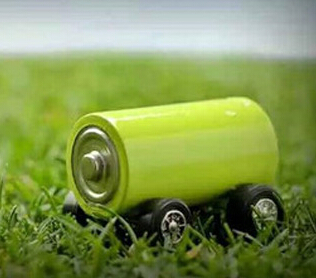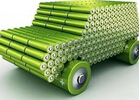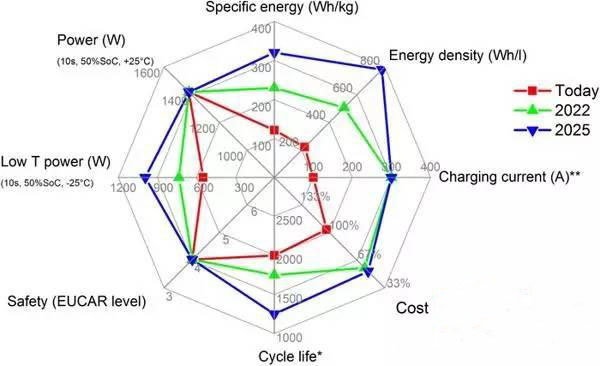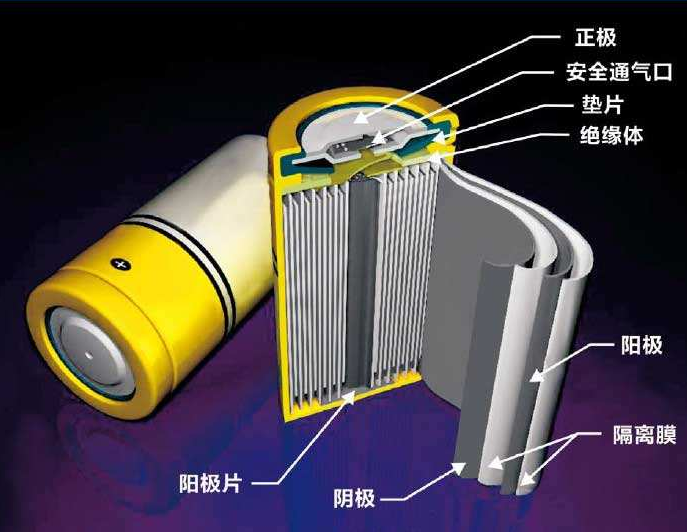First, the world is experiencing a green energy revolution, and new energy has become the mainstream trend in the development of the automotive industry.
In recent years, with the gradual deepening of the new technological revolution on a global scale, resource and environmental constraints such as energy and carbon emissions have gradually tightened, and automotive electrification has become an important measure for countries to accelerate their energy transformation strategies and achieve green development. The development of new energy vehicles has been designated as a national strategy. The research and development of new energy vehicles and the innovation of business models have become compulsory courses for every enterprise. After a long period of continuous investment and careful cultivation, China's new energy automobile industry has accumulated a certain first-mover advantage. Under the dual drive of policy and market, the government is more proactive, more active and more systematically promotes the new energy automobile industry. development of. After more than ten years of research and development and demonstration operation, China's new energy automobile industry has formed a complete industry from the research and development of key components such as raw material supply, power battery and vehicle controller, to vehicle design and manufacture, and charging infrastructure construction. The chain has the industrial foundation and advantages. By the end of last year, China's new energy vehicle production reached 777,000 units, with a cumulative sales of 1.8 million units, contributing half of the total global new energy vehicle sales, ranking first in the world for three consecutive years. The imagination of new energy vehicle development is vast, and what we need is to firmly grasp the trend of the industry and truly understand the big ideas and big strategies implied in the process of fierce changes in the industry, from "Made in China 2025" to "Double Points" policy. From the implementation of the new energy vehicle exemption vehicle purchase tax policy to the release of the power battery recycling and reuse program, the new energy automobile industry as the strategic emerging industry supported by the state and the only way for China to move from a car power to a car power, this strategic positioning Continuously strengthened and implemented.

In recent years, with the rapid development of new energy vehicles and the impact of the expansion of battery demand, the prices of raw materials such as lithium and cobalt continue to rise due to imbalances in supply and demand. Taking cobalt as an example, in 2016, the price of cobalt was 200,000/ton, and the current price has exceeded 600,000 yuan/ton, which has tripled in less than three years. As an important material for batteries, cobalt accounts for about 13% of the ternary batteries. The price surge has directly formed a pulling effect on the cost of the battery, and has formed a huge resistance to the effective decline of the cost of the power battery. Therefore, on the one hand, we must continue to improve the technical level of battery energy density through continuous technological innovation and breakthrough, while constantly exploring new battery materials to get rid of bottlenecks. Not long ago, Panasonic and Tesla sent a message that lowered the cobalt content and increased the nickel content, which drastically reduced the cost. At present, some of the battery suppliers we are working on are also doing this work, hoping to reduce the cost of raw materials for batteries and battery packs from the material aspect.
On the other hand, it is necessary to promote the transformation and upgrading of battery enterprises, realize the scale and standardization of production, improve the yield rate, and improve the recycling system, so that the power battery can effectively break through the cost, and new energy vehicles can get rid of dependence on policy subsidies. We predict that the power battery will continue to be dominated by ternary batteries in the next 10 years, while developing towards high nickel and new system batteries. In 2020, the energy density will increase to 220Wh/kg, and the battery system cost is expected to drop to 1 yuan/ wh, which will reduce the price of pure electric A-class vehicles from the current 200,000 yuan range to about 150,000 yuan, closer to the traditional fuel. The price level of the car. Considering the full life cycle cost of use, it can be said. The cost of purchasing and using new energy vehicles and traditional fuel vehicles is basically the same. There is a policy of appropriate auto finance, automobile and power battery recycling. It is entirely possible to compete on the same stage with pure electric vehicles and traditional fuel vehicles.
The automakers are also discussing what the competition between the major new energy OEMs will be in the real future competition. At present, it is the competition of new energy products, and more importantly, the competition between new energy vehicles and traditional vehicles. In the long run, we must jointly address the challenges of the technical route. The challenges and subversion of the technical route are fundamental. Pure electric vehicles, especially pure electric vehicles based on lithium batteries, must compete with pure fuel cells and plug-in hybrids in the post-subsidy era and traditional fuel vehicles. The success of the battery, and even the new technology route, must be technically and cost-effective. This is a complex competition model that needs to be highly concerned. Always pay attention to the dynamic changes in policies and regulations, material costs, and energy prices. Therefore, vehicle manufacturers, power battery companies, including upstream raw material enterprises should unify their thinking, and work hard to focus on the basic theory of battery development, high-end equipment, key materials, key technologies, component assemblies and ladder utilization technologies, and establish effective use. The cooperation mechanism of industry, university and research institutes realizes the combination of power battery basic technology research and product application research, achieves an efficient and coordinated development system, and establishes a solid strategic partnership. The Ministry of Science and Technology officially approved Beijing, and the China New Energy Technology Innovation Center was established by BAIC and related automakers. The basic research of power batteries is also an important part of this new energy technology innovation center. We hope that the power battery companies present here will be able to join and join us in the research and development of technological innovation. At the same time, it is necessary to establish and improve a policy system for realizing the coordinated development of the industrial chain, safeguarding the continuity of industry policies at the national level, attaching importance to the establishment of power battery technology standards, attaching importance to the recycling of power batteries, reducing production and research and development costs, and making technological breakthroughs in power batteries. It can achieve smooth iteration in the OEM.
















 RCCN WeChat QrCode
RCCN WeChat QrCode Mobile WebSite
Mobile WebSite